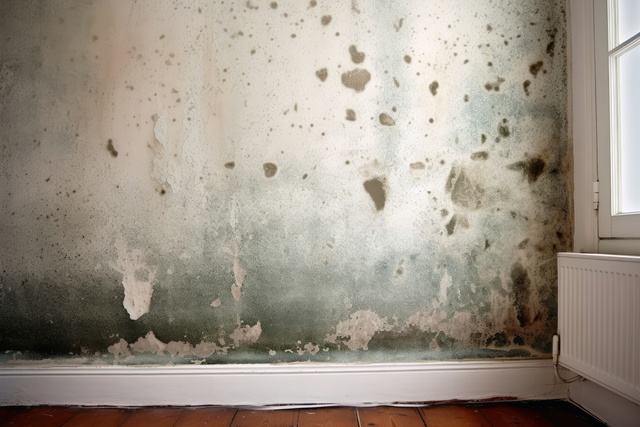 South Florida’s warm, rainy and humid climate can create an environment where mold can thrive. While many people see South Florida as a land of fun, sun and beaches, the weather in the area can impact mold growth in homes and businesses.
South Florida’s warm, rainy and humid climate can create an environment where mold can thrive. While many people see South Florida as a land of fun, sun and beaches, the weather in the area can impact mold growth in homes and businesses.
Our team offers professional mold assessment services in South Florida, and since mold is prevalent in the area, we are proud to provide a needed service to members of our community. We are certified and experienced in mold assessment practices, and we offer thorough inspections, advanced lab testing and remediation plan recommendations where mold is present.
The weather in our area is a major factor in mold growth. Many people who have a mold issue might not be sure why it’s occurring or what steps to take next, but we are here to help. In the sections to follow, we will discuss the relationship between mold and weather and what to do if you suspect a mold issue in your home or business.
Flooding and Water Leaks
Because we get a great deal of rain, storms and hurricanes in South Florida, we have many homes which experience water intrusion events in the form of roof leaks or flooding. The presence of water is essential for mold growth, so when water enters a structure and is left untreated, mold can begin to grow even if you remove the visible water you see. Water which ends up in attic areas, behind walls, under rugs and other places where you don’t frequent can cause a mold issue, and we see many issues which began because of a major weather event with a great deal of rain.
Increased Humidity
Our area is very humid due to the proximity to the ocean, and humidity in the air is another element which can cause mold to grow. As we stated, mold has to have water present to start to grow, and humidity can cause mold if it’s at high levels in your home. Many modern homes have HVAC and ventilation systems which are designed to regulate the moisture levels inside, but when we experience very humid stretches during the summer months, these systems can struggle to keep up. Humidity can cause mold to become airborne, and even if you don’t see evidence of mold it can be present.
Warm Temperatures
In colder climates, mold has a harder time thriving. Because our climate is warm and humid almost all year long, many of us don’t run our heating system much. Because of this, humid air can thrive and mold can take hold year-round. Mold grows best in slightly warmer temperatures where water is present, so the combination of heat and humidity makes our area ideal for mold growth.
If this article has you feeling nervous about mold growth, remember there must be moisture present for a problem to occur. If your ventilation system is working properly and you haven’t had a water issue you’re less likely to have an issue. If you do think you have a mold problem, we will be happy to do an inspection. Give us a call today to learn more about our services.

